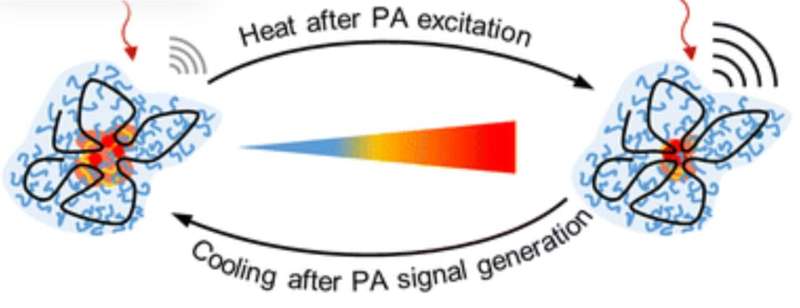
Scientists develop novel nanoparticles that could serve as contrast agents (20/10/2023)
Special nanoparticles could one
day improve modern imaging techniques. Developed by researchers at Martin
Luther University Halle-Wittenberg (MLU), the properties of these unique
nanoparticles change in reaction to heat. When combined with an integrated dye,
the particles may be used in photoacoustic imaging to produce high-resolution, three-dimensional
internal images of the human body, the team reports in the
journal Chemical Communications.
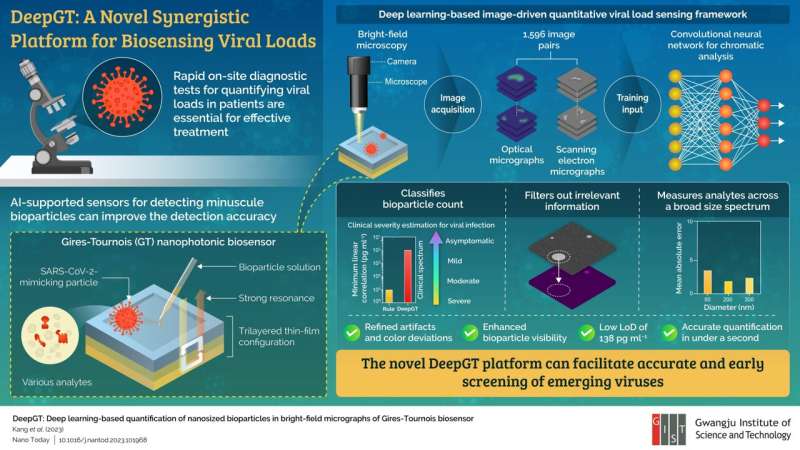
Scientists develop deep learning-based biosensing platform to better count viral particles (20/10/2023)
Recent studies have found that
Gires-Tournois (GT) biosensors, a type of nanophotonic resonator, can detect
minuscule virus particles and produce colorful micrographs (images taken
through a microscope) of viral loads. But they suffer from visual artifacts and
non-reproducibility, limiting their utilization.

MRI brain scans help explain human attraction to fatty foods (17/10/2023)

New 3D printing technique could help to repair brain injuries (17/10/2023)
New neodymium-doped material can fish uranium out of seawater (12/10/2023)
Plasma tech transforms blue-green algae into a wound-healing wonder (09/10/2023)
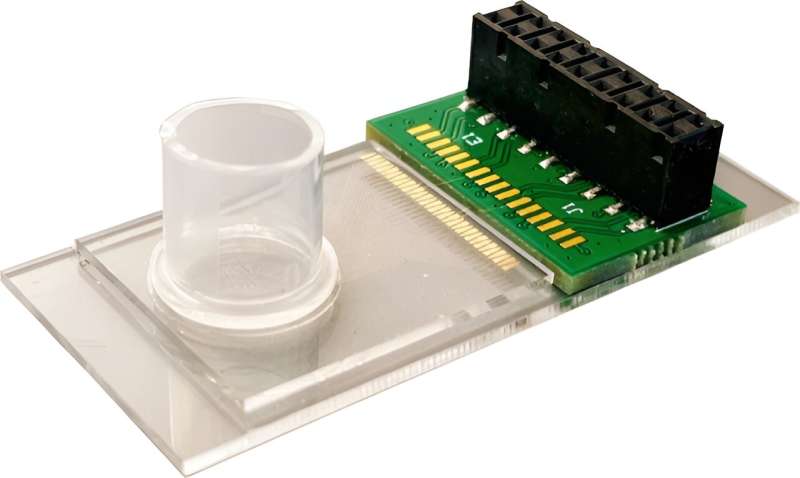
Nano-mechanoelectrical approach increases DNA detection sensitivity by 100 times (05/10/2023)
UMass Amherst researchers have
pushed forward the boundaries of biomedical engineering one hundredfold with a
new method for DNA detection with unprecedented sensitivity.

Electronic sensor the size of a single molecule a potential game-changer (04/10/2023)
Australian researchers have
developed a molecular-sized, more efficient version of a widely used electronic
sensor, in a breakthrough that could bring widespread benefits.
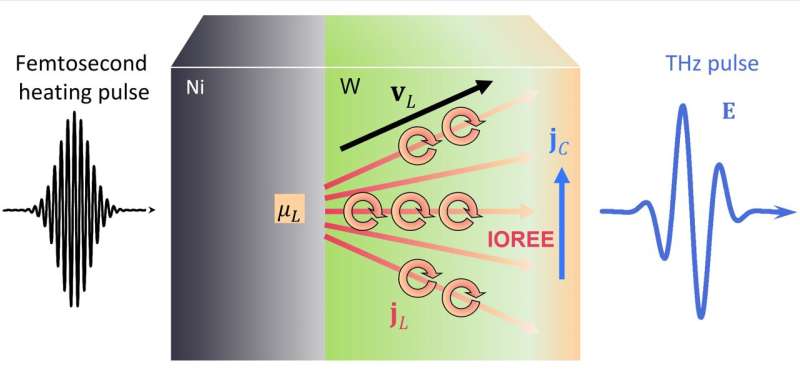
Orbital currents can go far—a promising novel ultrafast channel for data processing (04/10/2023)
Orbitronics is a recently
emerging field of research on the manipulation of the orbital degree of freedom
of electrons for quantum information technology. However, unambiguously
detecting ultrafast dynamics of orbital angular momentum has been challenging so
far.
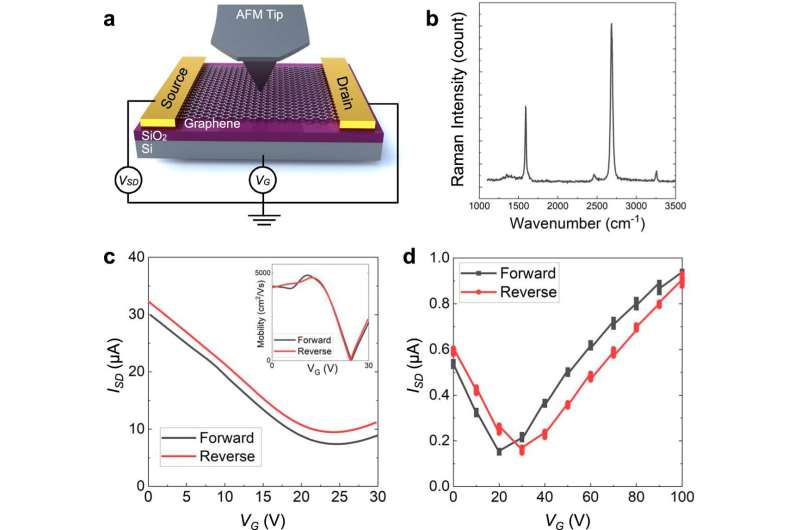
Researchers dynamically tune friction in graphene (04/10/2023)
The friction on a graphene
surface can be dynamically tuned using external electric fields, according to
researchers at the University of Illinois Urbana-Champaign led by Professor
Rosa Espinosa-Marzal of the Department of Civil and Environmental Engineering.
The work is detailed in the paper, "Dynamically tuning friction at
the graphene interface using the field effect," published September 19,
2023, in the journal Nature Communications.









